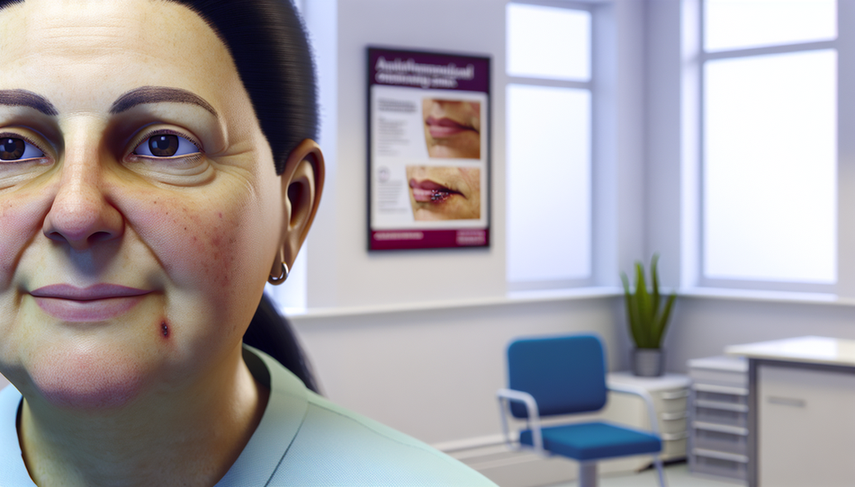Behçet's Disease: Detecting Recurrent Oral Ulcers and Differentiating from Systemic Lupus Erythematosus

Behçet's disease is a chronic inflammatory disorder characterized by the presence of recurrent oral ulcers, skin lesions, and, in some cases, uveitis. Early detection of these oral ulcers is crucial for accurate diagnosis and for differentiating it from other autoimmune diseases, such as systemic lupus erythematosus (SLE). Differentiating between these conditions is essential due to the differences in management and prognosis.
Detection of Oral Ulcers in Behçet's Disease
Oral ulcers are a common manifestation in various autoimmune and inflammatory diseases. In the case of Behçet's disease, these ulcers are often painful and recurrent, and they may be one of the first clinical signs of the disease. Clinical evaluation of these lesions is fundamental for differential diagnosis. According to a study, dentists can play a crucial role in the early detection of these ulcers, collaborating with the medical team for effective multidisciplinary management.
The differential diagnosis of oral ulcers must consider other possible causes, such as SLE, which can also present oral ulcers, although they are generally less painful and not as recurrent as in Behçet's disease. Additionally, the pathergy test can be useful in diagnosing Behçet's, as a positive response is indicative of this disease.
Differentiation from Systemic Lupus Erythematosus
Systemic lupus erythematosus is another autoimmune disease that can present oral ulcers, but these are usually less prominent compared to other systemic manifestations such as arthritis, skin rashes, and renal involvement. In a reported case, a patient with symptoms similar to Behçet's, including oral ulcers and fluctuations in autoantibodies, was initially suspected of having neonatal lupus but was ultimately diagnosed with A20 haploinsufficiency, an autoinflammatory disease that can mimic both Behçet's and SLE.
The differentiation between Behçet's and SLE is crucial, as the management of these conditions differs significantly. While treatment for Behçet's may include immunosuppressants and biological therapies, SLE often requires a broader approach that may include corticosteroids and antimalarial agents.
Conclusions
The detection and differentiation of recurrent oral ulcers in Behçet's disease and systemic lupus erythematosus is a clinical challenge that requires careful evaluation and a multidisciplinary approach. Collaboration between dentists and physicians is essential for accurate diagnosis and effective management. The use of diagnostic tools such as the pathergy test and consideration of the patient's complete clinical history are fundamental for differentiating these conditions and guiding appropriate treatment.
Referencias
- [1] Oral manifestations of systemic autoimmune and inflammatory diseases: diagnosis and clinical management.
- [2] Oral ulcers: clinical aspects. A tool for dermatologists. Part I. Acute ulcers.
- [3] Oral ulcers: clinical aspects. A tool for dermatologists. Part II. Chronic ulcers.
- [4] The First Case of an Infant with Familial A20 Haploinsufficiency in Korea.
Created 13/1/2025
